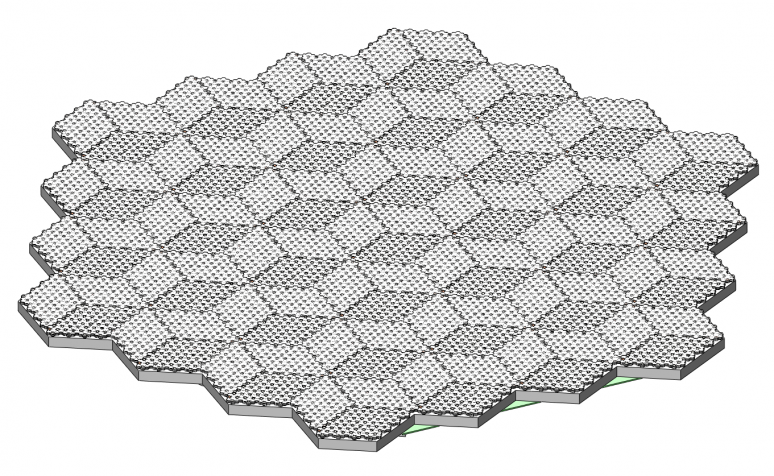
-
StatusCompleted
-
Status date2014-12-20
The overall objective of this activity was the study of different approaches that would allow the implementation of low cost phased array for mobile terminals.
The antenna has been designed to work in Ku band and is able to handle receiving and transmitting functions and electronically steer the beam.
When compared to examples existing in the literature, the antenna is characterized by the integration of the radiating aperture and of all the RF active components into a single planar horizontal board. In this way it is possible to avoid complex mechanical structures, usually demanding in terms of assembling and maintenance.
The proposed solution fulfils the requirements for typical mobile SatCom applications in terms of performances, applicability and market acceptance.
The main challenges tackled in this activity have been the following:
- Tx and RX capabilities in a single aperture and in separate apertures (latter covered in a CCN)
- Limited available space for mounting components behind each element
- Reduction of the antenna cost
- Minimisation of antenna thickness and weight
- Heat dissipation control
- Build up complexity
- Limiting of the DC required power
- Limiting the Dc power to be dissipated and find a smart solution for the heat path.
Phased antenna arrays are not yet well exploited in the mobile terminal environment. This is mainly due to the high costs of the active components and the cost of the implementation.
Another critical point is the antenna thickness and mechanical movement; in all the options but the horizontally integrated antennas the height results to be considerable, often limiting the field of application.
Thanks to the proposed approach where the number of elements is reduced and the design is based on innovative, inexpensive SiGe MMIC, the antenna cost will be drastically reduced.
Moreover the horizontal integration of all the product functions will allow an easy integration of the antenna on the vehicle profile in unobtrusive way.
In this study the complete system starting from the radiating aperture down to the modem, has been investigated and optimized to work as an integrated solution, in the most efficient way.
The large aperture is divided into several identical sub-arrays in order to reduce the complexity and cost by using modular design.
Each of these sub-array is rhomboidal shaped tile where all the active parts are included.
A multi-layer PCB is used for the antennas working in double linear polarization and in transmit and receive at the same time. On the same PCB, SiGe MMICs take care of the phase shifting, amplification and filtering function for each super-group of elements.
The several tiles are then combined together with a second BFN.
A CCN was conducted to also investigate an antenna implemented with separate transmit and receive apertures.
The review of all possible configurations and technologies relevant to the tackled array antenna design has been carried on.
After the initial review of the requirements and the possible configuration and relevant technologies, a trade –off design based on antenna cost, dimensions and weight, has been presented.
A detailed analysis and design of the chosen configuration has been then realized. The project has been concluded by indicated the next steps to be performed to bring the design to a product level.
The project has been successfully finished.




